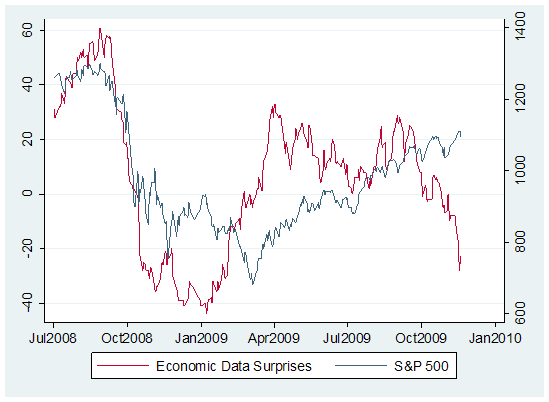This whole Dubai thing is a non-story. So what if a few banks are going to lose a few billions. The amount of write-downs in the past couple years was what, 1500 billions? Wait a few months for the pain to come in the U.S. commercial real estate market, and the Alt-A and Option-ARM mortgage troubles. THAT is going to hurt.
There might be one interesting thing in this, and it's the way the markets have reacted. It seems the 9 months-old rally is finally getting frightened by bad news. This is not a sign of strength. Financials have been underperforming for weeks now. Not very good.
Getting Involved in Bitcoin
10 years ago















